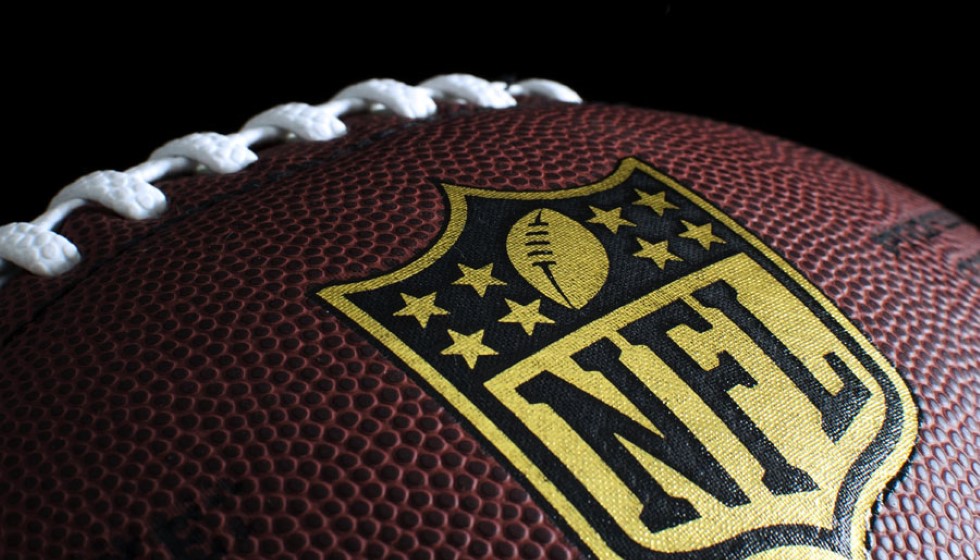
In the 2024 NFL season, the landscape of player protection is set to undergo a significant transformation with the introduction of more position-specific helmet models. This initiative, a result of collaborative efforts between the NFL and the NFL Players' Association (NFLPA), underscores a pivotal shift towards tailor-made safety equipment designed to meet the unique requirements of players based on their roles on the field.
Customized Protection for Different Positions
Football is a sport that, by its very nature, places diverse demands on its participants, depending on their positions. Quarterbacks and linemen, for instance, face vastly different challenges during a game. Recognizing this, the NFL and NFLPA's move towards position-specific helmets marks a decisive step in enhancing player safety.
For quarterbacks, the emphasis is on helmets that not only offer maximum protection against high-impact hits but also ensure optimal visibility. This balance is crucial in allowing quarterbacks to perform their roles effectively, keeping track of incoming players while also being safeguarded against significant blows.
Conversely, helmets designed for linemen prioritize the reduction of strain from repetitive impacts, a common occurrence in the trench warfare that defines their role. By focusing on absorbing the brute force experienced during continuous collisions, these helmets aim to minimize the long-term physical repercussions for linemen.
Innovations Leading the Way
Among the pioneering models, about eight helmets have received top ratings for their specialization towards quarterbacks and linemen. This tailored approach is evident in features such as enhanced visibility and impact absorption, signifying a leap forward in helmet technology. One standout example is the Riddell Axiom 3D model, which represents the latest in innovation for player protection.
This surge in specialized helmets, particularly among linemen, follows in the wake of a heightened focus on helmet safety, partly spurred by high-profile incidents such as Patrick Mahomes's helmet-related scare. The NFL's approval of specialized helmets for quarterbacks in 2023, following the green light for linemen’s helmets in 2022, situates the league at the forefront of a movement toward custom-fit safety gear.
The Rise of Position-Specific Helmets
The push for position-specific helmets is fueled by ongoing research and development aimed at curtailing head injuries, a longstanding concern within the sport. This direction not only promises to safeguard players more effectively but also paves the way for a future where every position could have protective gear tailored to its specific needs. Wide receivers and running backs, for instance, could be next in line to benefit from advancements in helmet technology.
The momentum towards adopting these specialized helmets is growing, with an increasing number of players likely to switch to personalized models. This transition is facilitated by technological advancements that continue to make helmets safer and more efficient at mitigating injury risks.
Challenges and Opportunities Ahead
Despite these advancements, the journey towards universal adoption of position-specific helmets is not without its hurdles. Jeff Miller, NFL executive vice president for health and safety, acknowledges that while the initial response has been promising, significant work remains, especially in encouraging linemen to embrace this change. His perspective underscores an industry-wide endeavor to not only innovate but also to educate and adapt practices for the welfare of its players.
The overarching goal of this initiative is twofold: to minimize the risk of injury and to ensure a sustainable career for NFL players. As the league continues to invest in research and development, the future of player safety looks increasingly promising. With each step forward, the NFL underscores its commitment to protecting its athletes, refining the game not by diminishing its spirit, but by reinforcing the foundation on which it stands—ensuring that the thrill of football continues for generations to come, with players’ health and safety at its core.
In conclusion, the movement towards position-specific helmets is a testament to the NFL's proactive approach in addressing players' health and safety concerns. As the league and its players embrace these advancements, the 2024 season stands as a pivotal moment in the evolution of football protective gear, heralding a new era where technology and tailored design converge to safeguard the sport's most valuable asset—its players.